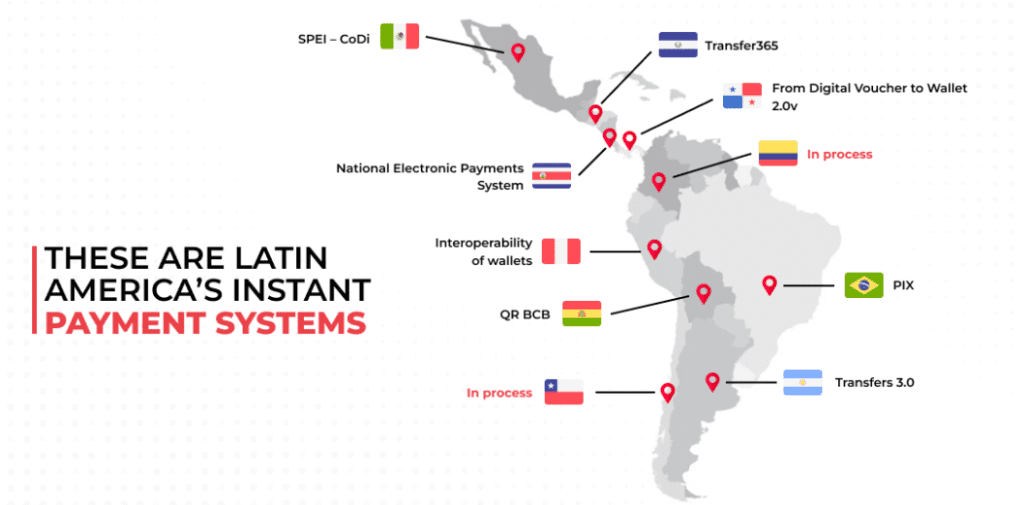The United States, and Silicon Valley in particular, has long been recognized as a hub for innovation. For over six decades, the US has led by example, introducing revolutionary products such as credit cards, ATMs, and online banking. Therefore, it would be reasonable to expect the US to have a highly advanced and convenient real-time payment system.
However, the reality is that the US has been falling behind countries like the Mexico and Brazil in this area in the last years. If everything goes according to plan, the US’s 24/7 instant payments system FedNow will begin operation in July.
Falling Behind in the Payments Race
In a world where facial recognition is used for payments in China, the payment methods in the US feel outdated and cumbersome. Even the process of signing the bill at a restaurant and writing the tip on a slip of paper feels archaic.
According to the Pew Research Center, only 56 percent of adult Americans made a mobile payment in 2018, compared to 70 percent who used a credit card and 78 percent who used cash.
FedNow: Revolution in the US, Business as Usual in LATAM
FedNow is a real-time payments system being developed by the Federal Reserve in the United States. Expected to be launched this July, the system will enable individuals and businesses to send and receive payments instantly, 24 hours a day, 7 days a week, and 365 days a year. While this may sound like a revolutionary system, it is already being implemented by the world’s leading economies; Mexico with CODI and Brazil with Pix are leading the way in Latin America.

So why is it taking a long time for the US to achieve the same level of convenience in payments as other countries in the region?
“The FedNow Service launch marks a substantial stride in advancing the US payment system, offering a dependable, secure, and effective platform for real-time payments. But the US financial sector still has a lot to learn from their counterparts in LATAM, where consumers demand a great variety of financial services and products,” claims Francesc Pérez, Chief Revenue Officer at Latinia.
For almost 50 years, the payment rails that handle the majority of US domestic payments have remained fundamentally unchanged. The Automated Clearing House (ACH) network, which processes electronic payments in the US, handles tens of billions of transactions annually, including salaries, Social Security payments, mortgage and credit card payments, and transfers between friends’ accounts.
In contrast, the largest economies in LATAM have recognized the importance of faster access to funds, which increases financial inclusion, lowers fees, and promotes faster access to capital – all of which are beneficial to the economy. As a result, these countries have invested in upgrading their payment infrastructure to real-time payment systems and have seen their citizens reap the benefits.
As Francesc Pérez concludes, “banks in LATAM have a rich experience in terms of business needs and challenges that can be equally applied to the US banking system. Committing to a real-time payment system requires upgrading bank alert services to meet the expectations of bank users, with an emphasis on personalization, immediacy, and consistency.”
“Providing Next Best Action/Offer notifications in real-time can enhance banking engagement and establish financial institutions as reliable partners. Institutions that create a comprehensive alert strategy are positioning themselves to establish a crucial connection with their customers.”
Categories: Strategy


